Pregnancy and childbirth are surrounded by numerous myths and misconceptions that have been passed down through generations. While some of these myths may be harmless, others can cause unnecessary worry or confusion for expecting parents. In this article, we will debunk some of the most common myths about pregnancy and childbirth, providing you with accurate information to help you navigate this exciting journey with confidence and peace of mind.
Myth: You Can’t Get Pregnant While Breastfeeding

Reality: While breastfeeding can delay the return of fertility, it is not a guaranteed method of birth control. Ovulation can occur before your period returns, making it possible to conceive even if you haven’t had a period since giving birth.
Myth: Eating for Two Means Doubling Your Food Intake

Reality: Pregnancy increases your nutritional needs but does not mean you need to eat twice as much. A balanced diet with a slight increase in calories, especially in the second and third trimesters, is recommended to support your baby’s growth without excessive weight gain.
Myth: Heartburn Means Your Baby Will Have a Lot of Hair

Reality: There is no consistent scientific evidence linking heartburn to the amount of hair a baby will have. Heartburn during pregnancy is more likely caused by hormonal changes and the growing uterus pressing on the stomach.
Myth: You Can’t Fly While Pregnant

Reality: Most airlines allow pregnant women to fly until about 36 weeks of pregnancy, but it’s always best to consult with your healthcare provider before traveling. Staying hydrated and moving around during the flight can help reduce the risk of complications like deep vein thrombosis.
Myth: Sleeping on Your Back Will Harm the Baby

Reality: While it’s generally recommended to sleep on your side, especially after 20 weeks, occasional back-sleeping is unlikely to harm your baby. Using pillows to support your body can help you maintain a comfortable side-sleeping position.
Myth: You Should Avoid Exercise During Pregnancy

Reality: Exercise is beneficial during pregnancy and can improve mood, energy levels, and overall health. Activities like walking, swimming, and prenatal yoga are generally safe and can help prepare your body for labor and delivery.
Myth: Spicy Food Can Induce Labor

Reality: There is no scientific evidence that spicy foods can induce labor. Labor will begin when your body and baby are ready, regardless of what you eat.
Myth: You Can Predict the Baby’s Gender by Carrying High or Low

Reality: The way you carry your baby is influenced by factors such as your body type, muscle tone, and the baby’s position, not the baby’s gender. Ultrasound remains the most accurate method for determining gender.
Myth: Morning Sickness Only Happens in the Morning

Reality: Morning sickness can occur at any time of the day. The term “morning sickness” is a misnomer, as nausea and vomiting can happen morning, noon, or night.
Myth: Eating Certain Foods Can Influence Your Baby’s Complexion

Reality: There is no evidence that eating specific foods during pregnancy can affect your baby’s skin color or complexion. Genetics play the primary role in determining these traits.
Myth: Pregnant Women Should Avoid Cats

Reality: Pregnant women should be cautious around cat litter due to the risk of toxoplasmosis, but there is no need to avoid cats altogether. Using gloves and having someone else clean the litter box can minimize the risk.
Myth: Stress During Pregnancy Will Harm the Baby
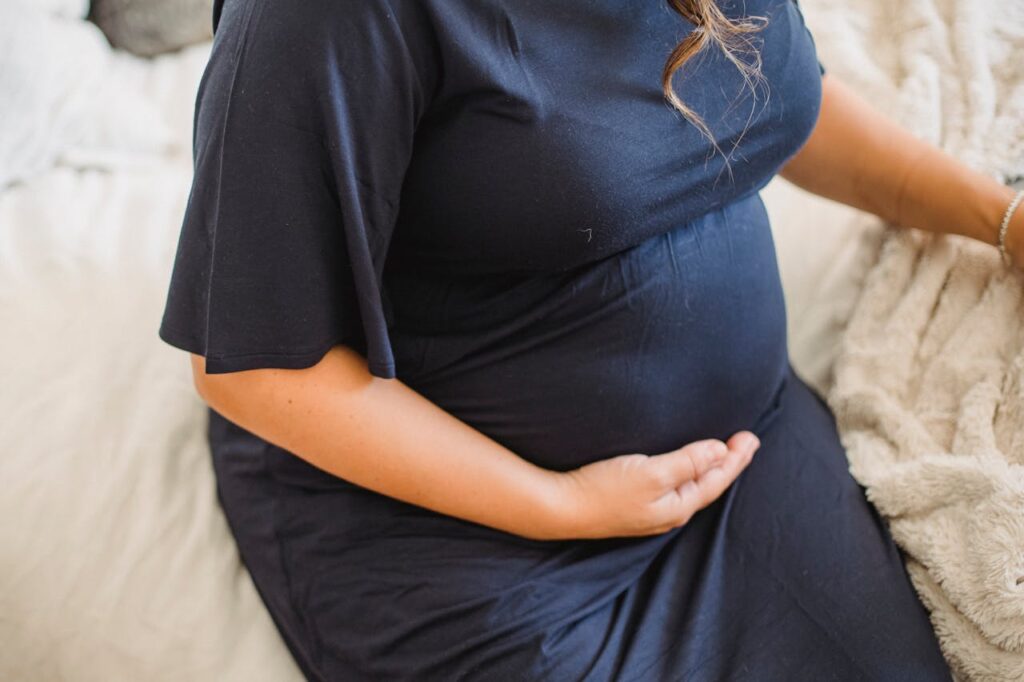
Reality: While chronic, severe stress can have an impact, everyday stress is a normal part of life and is unlikely to harm your baby. Finding healthy ways to manage stress, such as exercise, meditation, or talking to a counselor, can be beneficial.
Myth: You Shouldn’t Eat Fish During Pregnancy
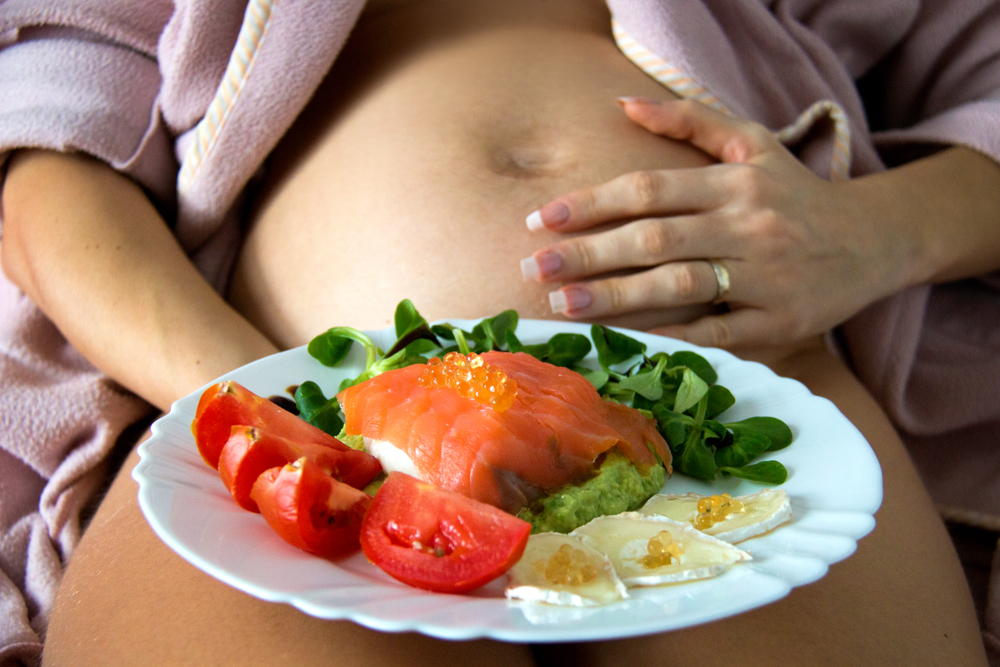
Reality: Fish is a good source of omega-3 fatty acids, which are important for fetal development. Pregnant women should avoid high-mercury fish like shark and swordfish but can safely consume low-mercury fish like salmon, sardines, and trout.
Myth: Labor Starts with the Water Breaking

Reality: Only about 10-15% of women experience their water breaking before labor begins. For most women, contractions start before the water breaks, signaling the onset of labor.
Myth: A Bigger Baby Means a Harder Delivery
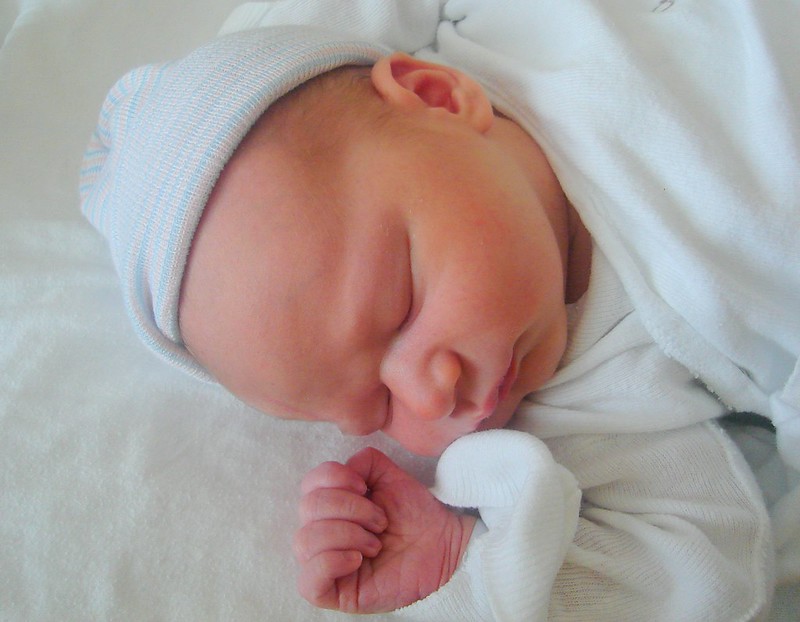
Reality: The size of the baby is only one factor in the delivery process. The baby’s position, the mother’s pelvis size, and other factors also play significant roles. Proper prenatal care and birthing support can help manage various delivery scenarios.
Myth: You Can’t Have a Vaginal Birth After a C-Section (VBAC)
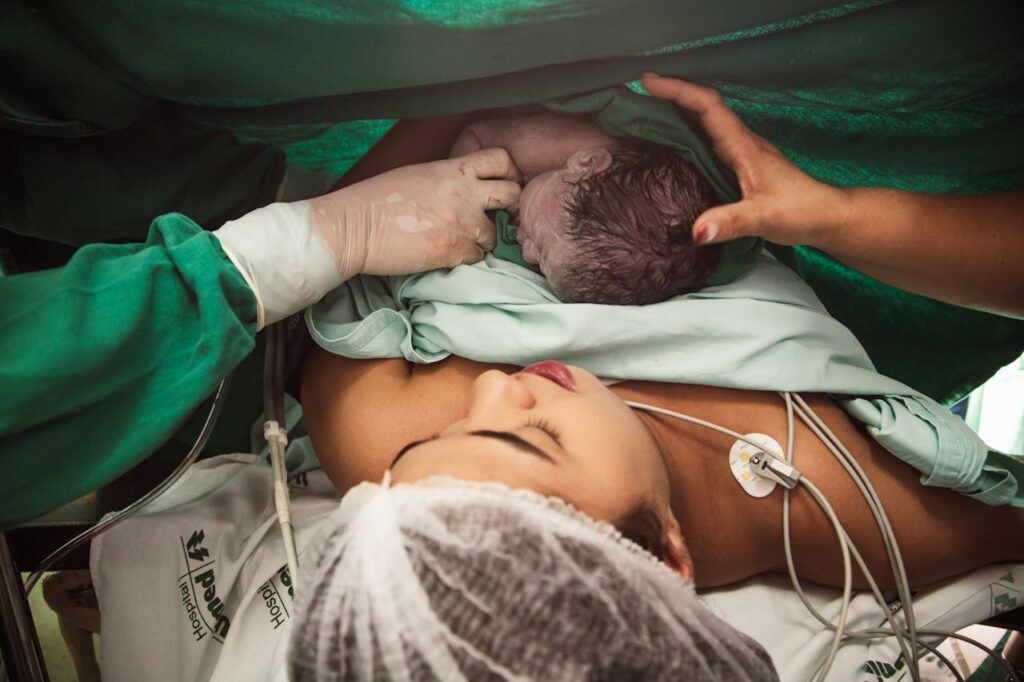
Reality: Many women can have a successful vaginal birth after a cesarean section (VBAC). The possibility depends on the type of incision made during the previous C-section and individual health factors. Consult with your healthcare provider to evaluate your options.
Myth: Drinking Coffee Will Harm the Baby

Reality: Moderate caffeine intake (about 200 mg per day) is generally considered safe during pregnancy. Excessive caffeine should be avoided, but an occasional cup of coffee is typically fine.
Myth: You Should Avoid All Medications During Pregnancy

Reality: Some medications are safe and necessary during pregnancy. Always consult with your healthcare provider before starting or stopping any medication to ensure it is safe for you and your baby.
Myth: The Shape of Your Belly Predicts the Baby’s Gender

Reality: The shape of your belly is determined by factors like the baby’s position, your muscle tone, and other individual physical characteristics, not the baby’s gender.
Myth: Natural Birth Is Not Possible After a Long Labor
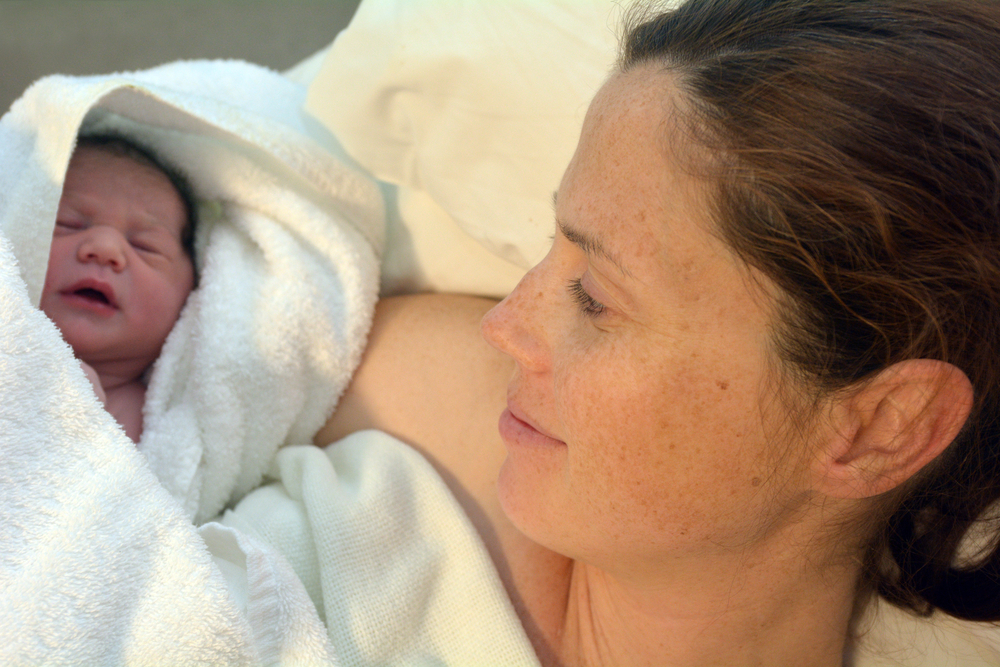
Reality: Many women can still have a natural birth even after a long labor. Patience, support from healthcare providers, and techniques like changing positions and using relaxation methods can help facilitate natural delivery.
Myth: Pregnancy Brain (Forgetfulness) Is Just in Your Head

Reality: Pregnancy brain, or forgetfulness, is a real phenomenon experienced by many pregnant women. Hormonal changes, sleep disturbances, and the stress of preparing for a new baby can contribute to lapses in memory and concentration.
Myth: You Should Avoid Hot Baths and Saunas During Pregnancy

Reality: While it’s true that extremely high temperatures should be avoided, a warm bath is generally safe and can be relaxing. Saunas and hot tubs should be used with caution and for limited periods to prevent overheating.
This article originally appeared on UnifyCosmos.
More from UnifyCosmos
20 Hidden Green Spaces in Major Urban Areas

This exploration highlights the enchanting allure of these hidden gems, offering a glimpse into tranquil spaces that provide respite amidst the vibrant energy of major cities worldwide. Read more!
20 Off-the-Beaten-Path Historical Sites in Asia

Join us on a journey to unearth the hidden gems of Asia’s past, beyond the well-trodden paths of its iconic monuments. Read more!
20 Most Beautiful Caves to Explore in the U.S.

Join us as we uncover the hidden gems beneath the surface and embark on a journey through America’s most breathtaking subterranean realms. Read more!
Leave a Reply